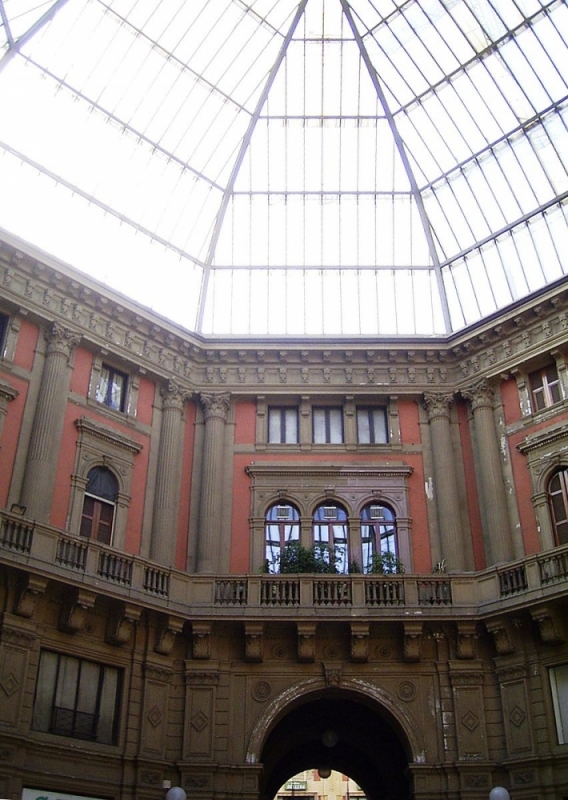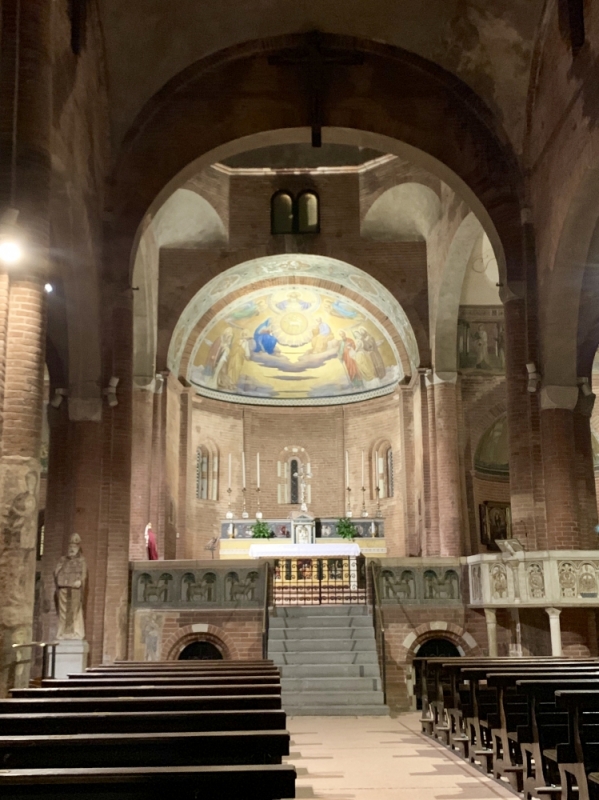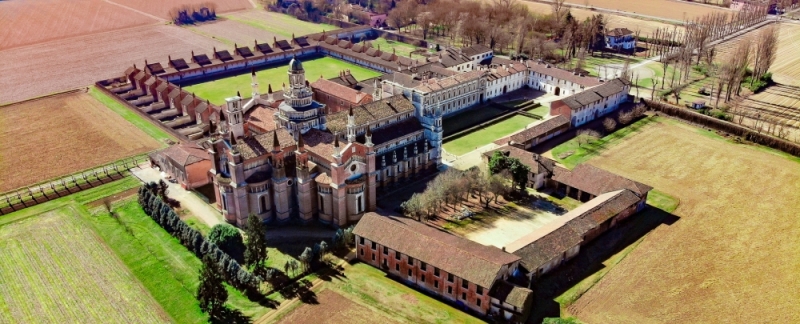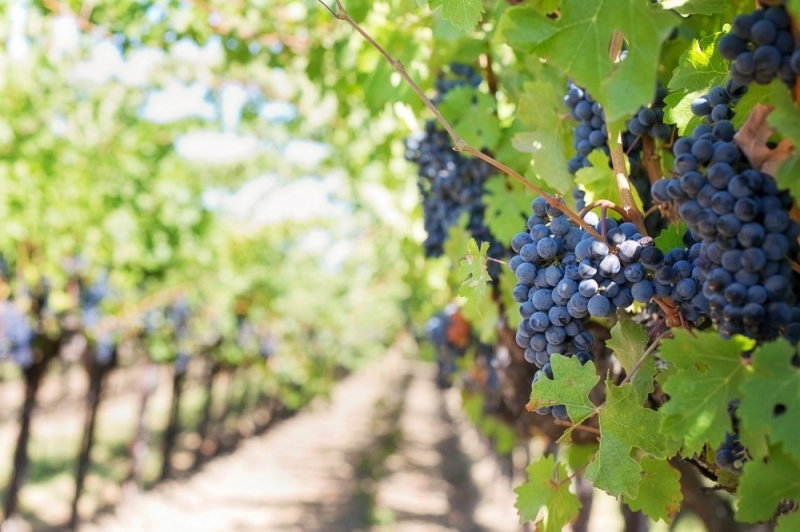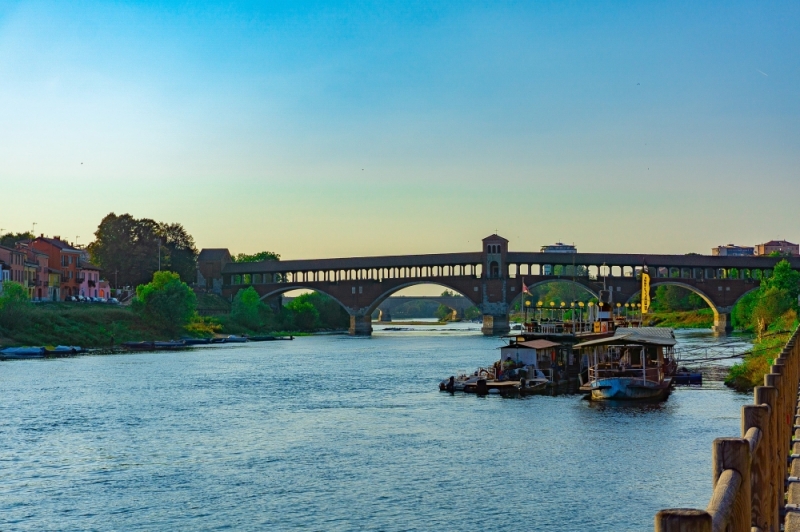Pavia its origins
Pavia was built following the first settlements by populations coming from Transpadane Gaul, probably the Levi, the Marici or the Insubres. The city was founded by the Romans, who were responsible for the layout which has remained intact to this day. The ancient name of Pavia was Ticinum. It was repeatedly sacked by the barbarians, conquered by the Lombards in 572 and elected capital of their kingdom with the name of Papia, from which its current name derives. The Lombard dominion lasted until 774, when the city was conquered by Charlemagne. During the Franco-Carolingian period and, under the rule of the emperors of Saxony, it was both one of the most flourishing trading markets in the Po Valley and the administrative center of an Italic Kingdom in the Holy Roman Empire of the West. In the 11th century Henry II, crowned king of Italy, had to leave the city following a popular uprising. In 1026 the city gates were closed to Corrado II, who came to Italy to receive the imperial crown. The city returned under the dominion of the Empire after two years and subsequently, the free city institutions expanded and, in the 12th century, there were the first consuls. After the creation of the municipality of Milan, the two centers fought to take over the Po Valley markets. During the battles between the German emperor Frederick Barbarossa and the municipalities of the Lombard League, the city remained faithful to the imperial army and over time lost political importance, until it was annexed, in 1360, to the Duchy of Milan, under the dominion of the Viscontis. In the sixteenth century there was the famous "Battle of Pavia", fought between the French and the Imperials. The latter won thanks to Captain Cesare Hercolani, who injured the horse of King Francis I of France and, thanks to this event, emerged victorious. Starting from the 13th century. until the mid-19th century, Pavia was dominated by foreigners: Spanish, French and Austrians. It was annexed in 1859 to the Kingdom of Sardinia, together with the rest of Lombardy.
What see
We advise you to start your visit with the Castello Visconteo , a Lombard late-Gothic castle built by order of Galeazzo II Visconti between 1360 and 1365. The Visconti also designed an enormous hunting park, which extended up to the Certosa of Pavia. To date, part of the park is still present, and is called Parco della Vernavola. The complex is also the home of the Civic Museums of Pavia . The Cathedral of Pavia is one of the most important churches of the Italian Renaissance and was built to pay homage to Santo Stefano Martire and Santa Maria Assunta. A few steps from the Duomo, you can also see the remains of the Civic Tower. In addition to the Duomo, we recommend visiting an important place of worship in the city: the Basilica of San Pietro in Ciel d'Oro, a Basilica built in the Middle Ages, where today the remains of Sant'Agostino di Ippona and San Severino Boezio are kept , as Dante also wrote in canto X of paradise.
Walking along Strada Nuova, you can reach the Ticino river and see the Arnaboldi dome , an octagonal glass and iron dome that was built in 1877 by the mayor of Pavia Bernardo Arnaboldi. Corso Garibaldi, on the other hand, is the road that leads from Strada Nuova to the outskirts of the city. If you take Via San Michele from Corso Garibaldi, you can admire a symbol of the medieval Romanesque style, the Basilica of San Michele Maggiore . The façade is in sandstone, and is distinguished by its ocher color, compared to the façades of other churches, in brick color. The University of Pavia is one of the oldest in the world (in fact it was founded in 1361) and its courtyard of statues is definitely worth a visit. In this university they taught prominent personalities like Ugo Foscolo and Alessandro Volta, who did the first experiments on electricity in this building. Near the University of Pavia, there are the medieval towers of Pavia , dating back to the 12th century. The city, in fact, was called "the city of 100 towers" and currently the best preserved towers are located in Piazza Leonardo da Vinci.
In the Basilica of San Teodoro , instead, you can find the style of Lombard terracotta, dating back to the 12th century. The Basilica, built in three naves on polystyle pillars with simple cubic capitals, has a beautiful elevated presbytery on the crypt dating back to the 13th century and also houses frescoes from the early 16th century, including the one that represents Pavia and its towers we report the Stories of Sant'Agnese and San Teodoro placed in the head of the left transept, attributed to Lanzani (early 16th century). Walking along the Ticino river, you will see the Ponte Coperto (also called Ponte Vecchio), which connects the historic center and the rest of the city. You will recognize the bridge for its majestic structure: it has 5 arches, it is covered with two portals at the ends and with a small religious chapel in the center. It was rebuilt in 1949, but retains its original forms. Once you have crossed the bridge, you will reach Borgo Ticino . To its left you will see the monument to the Lavandaia, which was built to honor the women who washed clothes in the river. After passing the monument, you will come to Via Milazzo, a street colored by the facades of typical houses. From the Ticino village you can go back and enter the woods that are part of the Ticino Natural Park and from there you can enjoy a nice walk, especially in spring.
In the heart of the city, between Corso Cavour and Strada Nuova, is Piazza della Vittoria, also called " Piazza Grande ". In the basement there is an underground covered market, built in 1958. The square has a rectangular plan, bounded on four sides by historic buildings and closed by the medieval palace of the Broletto, which was once the seat of the municipality, whereas today it is the headquarters of the company promotes tourism and within it there are numerous cultural activities. In Piazza della Vittoria there are also numerous bars and restaurants and, weather permitting, you can also sit at a bar or restaurant, and fully enjoy the city. On the corner of Piazza della Vittoria and Corso Vittorio Emanuele II, there is Palazzo Vistarini , a historic building in Lodi in the Gothic style. The brick façade is embellished with single-lancet windows decorated with terracotta frames. The arcade, on the other hand, is characterized by predominantly pointed arches and vaults, most of which was frescoed. Before leaving the city we advise you to visit the Certosa di Pavia , a monumental complex formed by a monastery and a sanctuary. According to legend, it was once connected with the Visconti Castle. It is located in the town of the same name and can be reached by train or by bus, leaving from the center of Pavia.
Movida and entertainment
In the evening, the nightlife focuses mainly on the historic center . The historic center is mainly on Wednesdays, where there is a university evening, or on Saturdays and Sundays. For disco lovers, there is the Dancing Antares, one of the most popular dance clubs and live music. There are also the Boscaccio, the Parranda, the Rotonde di Garlasco and the Viscosa bar & club.
You will find numerous cafes where you can dine, such as Osteria alle carceri, with a menu that includes typical risotto dishes and homemade pasta. In the Enoteca Infernot you can taste wines, cold cuts, meat and desserts or the restaurant Lino, which prepares typical dishes. After dinner, you can enjoy a cocktail in rooms such as Room 46, (cocktail and aperitif room), the Pozzo American Bar since 1983, which also organizes theme nights, or the Tarek discopub, a venue with Arabic music and specialties. with belly dance shows. If you fancy shopping , the best place is Corso di Strada Nuova, along with Corso Mazzini and Corso Cavour, which once divided the city and where you will find many historic shops, including pharmacies, delicatessens and suitcases. If you are passionate about wine, the hills of Oltrepò Pavese must be the destination of your food and wine tour. Here the most cultivated vines are Croatina (4,000 hectares), Barbera (3,000), Pinot Nero (almost 3,000), Riesling (1,500), Moscato (500). But also Chardonnay, Sauvignon and Cabernet Sauvignon. Croatina is the base of the famous "Bonarda", a red wine that lends itself to being vinified both moved (bubbles) and still. But besides wine, don't miss the famous and delicious salami by Varzi. A salami that has an ancient history that seems to date back to the Longobards who reared pigs already in the second century.
You will find numerous cafes where you can dine, such as Osteria alle carceri, with a menu that includes typical risotto dishes and homemade pasta. In the Enoteca Infernot you can taste wines, cold cuts, meat and desserts or the restaurant Lino, which prepares typical dishes. After dinner, you can enjoy a cocktail in rooms such as Room 46, (cocktail and aperitif room), the Pozzo American Bar since 1983, which also organizes theme nights, or the Tarek discopub, a venue with Arabic music and specialties. with belly dance shows. If you fancy shopping , the best place is Corso di Strada Nuova, along with Corso Mazzini and Corso Cavour, which once divided the city and where you will find many historic shops, including pharmacies, delicatessens and suitcases. If you are passionate about wine, the hills of Oltrepò Pavese must be the destination of your food and wine tour. Here the most cultivated vines are Croatina (4,000 hectares), Barbera (3,000), Pinot Nero (almost 3,000), Riesling (1,500), Moscato (500). But also Chardonnay, Sauvignon and Cabernet Sauvignon. Croatina is the base of the famous "Bonarda", a red wine that lends itself to being vinified both moved (bubbles) and still. But besides wine, don't miss the famous and delicious salami by Varzi. A salami that has an ancient history that seems to date back to the Longobards who reared pigs already in the second century.
Climate, curiosity and advice
Climate: the climate of the city is humid continental with daily and annual temperature excursions. During the winter the climate is harsh and humid with the presence of mists. There are also snowy episodes during cold spells. Autumn and spring are the rainiest seasons, while summer is hot and muggy with sudden storms.
Curiosity: there is a disturbing legend about the "victims of Ticino", which warns about the danger of the river waters, especially with the approach of July 22nd, St. Magdalene's day. In this regard, there is a famous saying: "Saint Magdalene tri negà cun le mena, so sti atent a fa al bagn al 22 to him ... .. never ...". The legend dates back to the times when the city was inhabited by the Celtic druids. For a pact made between the Druid master and the god of the River, it was necessary to make a human sacrifice to the river and, if this had not been accomplished, the river would have taken the lives it was due. Until the pagan religion allowed it, people sacrificed people to the river every year, but when the pagan era ended, the river took the souls it wanted. And, based on current events, every year there are people who lose their lives bathing in Ticino, as currents, cold water and whirlpools can be lethal.
Tips: it is possible to reach the city from the Milan, Linate and Malpensa airports by bus: from Linate there is the Corriere SGEA Linate-Pavia while from Malpensa the Corriere SGEA Malpensa- Pavia. You can also reach the city by train (which leaves every 30 minutes) and by car, if you come from Milan, just take the A7 (Milan-Genoa) towards Genoa, take the motorway until the Bereguardo-Pavia Nord exit. Then you can take the A53 towards Pavia, until the Pavia-via Riviera exit.



